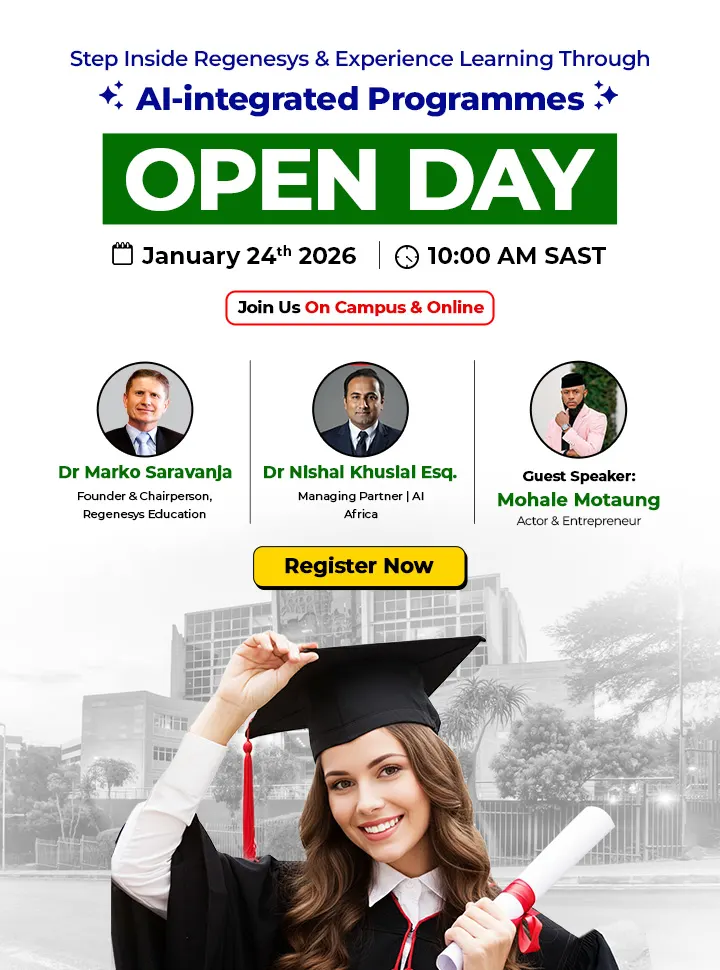Many of us were raised with the belief that life is a constant competition. Whether it was in school, at home, or within our communities, we were often engaged in various forms of competition, whether it be in sports, academics, or other achievements. This competitive mindset has carried over into our present-day workplaces and society.
In the workplace, we exert significant effort to gain recognition, with the ultimate goal of securing a promotion or a salary increase. This competitive environment remains a prevailing aspect of today’s society. However, what about the individuals who may be considered “average” employees? You know, those who do not necessarily stand out as top performers in their respective fields.
In our race to the top, we often overlook the immense potential and value of those we may label as “average” employees. The corporate world has long placed a premium on extroverted, competitive, and assertive individuals, leaving introverts and those who don’t fit the traditional mould feeling sidelined. However, the landscape of success is changing, and its high time we broaden our perspective.
Traditional Notion of Workplace Competition
In her inspiring TEDx talk Forget the Pecking Order at Work, Margaret Heffernan, writer and entrepreneur, challenges the traditional notion of workplace competition and emphasises the significance of collaboration and leadership at all levels of an organisation. She argues that the obsession with hierarchy and competition can often hinder innovation and progress.
Heffernan’s perspective on redefining workplace dynamics is indeed a refreshing departure from the traditional mindset. In a world that has long celebrated individual achievement and the race to the top, it’s crucial to recognise the untapped potential and value that ‘average’ employees bring to the table.
What are Average Employees?
The term “average employees” typically refers to individuals who perform adequately in their roles but may not necessarily stand out as top performers or exceptionally high achievers within their organisation. They are competent and fulfil their job responsibilities, but they might not receive the same level of recognition or accolades as those who excel or go above and beyond in their work.
It’s important to note that the label “average employee” is a somewhat subjective and relative term. What is considered “average” can vary from one organisation to another and across different industries. What’s more crucial is to recognise that these employees, while not necessarily in the spotlight, often form the backbone of an organisation and contribute to its stability and day-to-day operations. They provide consistency and reliability in their work, which is essential for the overall success of the organisation.
How Can You Support These Employees?
Here are some tips from Forbes about what you can do about average employees as a leader:
- Get their thoughts on the situation
Leaders might periodically solicit input to understand the situation from the perspective of a low-performing employee in order to support them. By talking to the person directly and receiving their perspective on the matter, it is simpler to determine how a problem is developing. The answer can turn out to be extremely straightforward.
- Identify the cause
A leader needs to be aware of two things at the very least: One is that each team member is distinct and complex in their own way, necessitating a customised approach to enable them to work at their peak. The second is that we must develop the ability to recognise and address causes rather than effects.
- Provide Feedback
Regularly provide constructive feedback to help average employees identify areas for improvement and growth. Encourage a culture of continuous learning and development.
- Recognise Achievements
While average employees may not receive the same level of recognition as high achievers, it’s still important to celebrate their achievements. Small wins and milestones should be acknowledged and appreciated.
- Set Clear Expectations
Clearly define job roles and expectations for average employees. When they have a clear understanding of what is expected of them, they are more likely to perform their tasks effectively.
- Offer Training and Development
Invest in training and development opportunities for them. This not only helps them improve their skills but also demonstrates the organisation’s commitment to their growth.
Incorporating these strategies into leadership practices can help leaders create an environment where these employees feel valued, supported, and motivated to perform at their best. This, in turn, contributes to a more productive and harmonious workplace where diverse talents are harnessed for the organisation’s overall success.
Conclusion
In this changing landscape, let’s celebrate the ‘average’ employees, recognize their worth, and build a future where everyone has the chance to shine, just as we do at Regenesys Business School, enriching our graduates not only intellectually (IQ) but also emotionally (EQ) and spiritually (SQ). This holistic approach to education demonstrates how unlocking the potential in each individual contributes to the enrichment of organisations in numerous ways.









